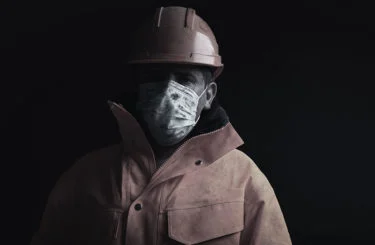Railroad Worker Injuries: Cumulative Trauma
Railroaders have a demanding, often dangerous job and many sustain serious work-related injuries. Often times, those injuries are not the immediate result of one incident such as a broken arm from a fall or severe burn from a hot surface – instead, a railroad worker’s injury can occur slowly over time, the consequence of what is known as cumulative trauma or repetitive stress injuries.
After years or even decades on the job, railroaders can sustain cumulative trauma to their bones, joints, muscles, tendons, spinal cord, and nerves. The resulting injuries can be just as life-altering and debilitating as a fracture or crush incident, exposing railroaders to significant, long-term pain, extended treatment and rehabilitation, and medical costs, as well as lost wages and benefits if they are forced to stop working.
There are several sources of cumulative trauma for railroaders, including:
- Whole Body Vibration: Railroaders spend years sitting and standing on vibrating trains and platforms, which can lead to significant wear and tear on the body.
- Repetitive Motion: Conductors, carmen trackmen and brakemen are particularly vulnerable to cumulative trauma in their shoulders and other joints from the repetitive motions they perform. Over time, this wears out joints.
- Difficult or Sustained Body Positions: Heavy lifting, shifting awkward loads, squatting, kneeling and bending over long periods of time can all result in cumulative trauma. These repetitive activities can result in damage to knees, hips and back.
- Toxins: Railroaders can be exposed to toxic chemicals on the job from a variety of sources.
- Loud Noise: Rail yards, engine rooms, and trains themselves are sources of sustained, loud noise that can cause injuries over time.
No matter the source or type, cumulative trauma can have a debilitating effect on a railroader’s body, causing, among other things:
- Joint and tendon problems, including bursitis, arthritis and tendonitis
- Carpal tunnel syndrome
- Hand-arm vibration syndrome, also known as vibration white finger or dead finger, caused by exposure to whole body vibration or long-term use of vibrating tools
- Other damage to bones, joints, tendons, ligaments, and nerves, both temporary and permanent
- Deafness, due to loud noise
- Lung problems, due to exposure to toxic substances
- Cancer, also due to exposure to toxic substances
Cumulative trauma injuries are covered by the Federal Employers Liability Act, which allows railroaders to seek compensation if they are injured due to their employer’s negligence. If you work on or around railways and believe you have sustained a cumulative trauma injury on the job, please contact us today to discuss your situation.
Arvin J. Pearlman
Arvin Pearlman is nationally recognized for his work on behalf of railroad workers who were injured or killed in the course of their employment. Since concentrating his practice on Federal Employers Liability Act (FELA) litigation in 1979, Arvin has tried countless personal injury cases before judges and juries across the United States.





